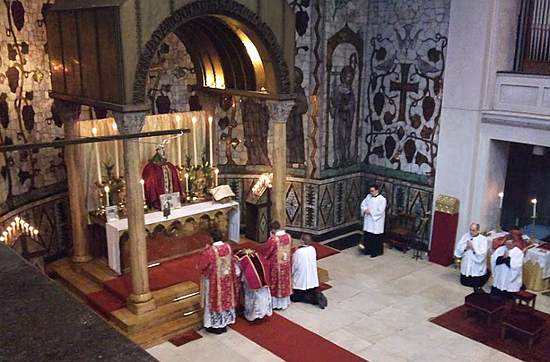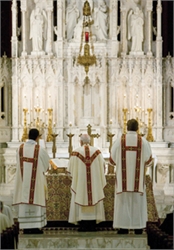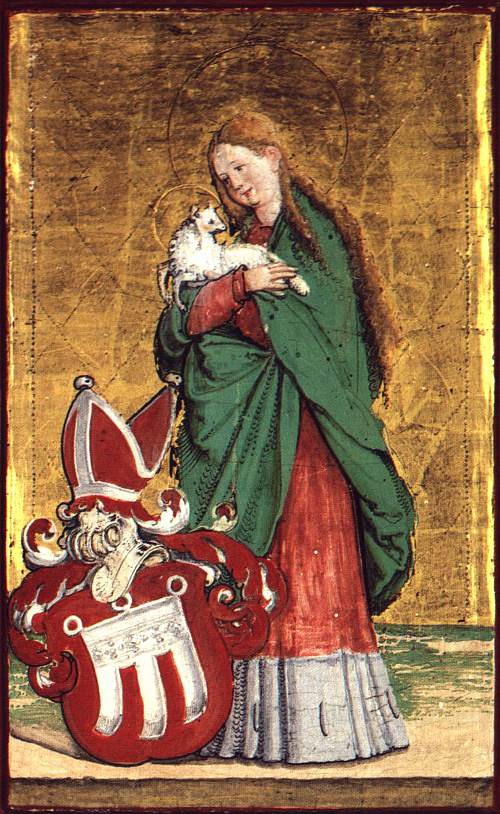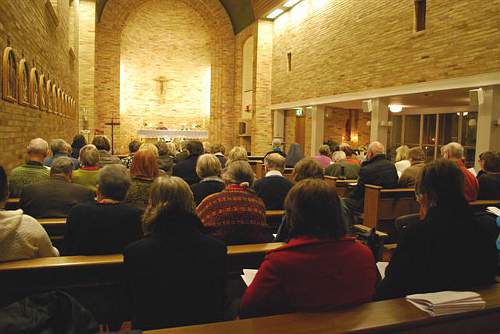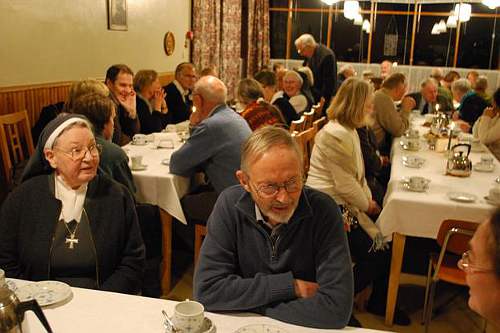Ikke alle engelske katolikker er positive til Ordinariatet
Tina Beattie underviser i ‘Katolske studier’ ved Roehampton University og svarer på spørsmål om hvorfor enkelte engelske katolikker har reservasjonen overfor pave Benedikts generøse tilbud til tradisjonelle anglikanere. Hun sa i går i et program på BBC Radio 4:
… I don’t want to call it a problem, but I think many of us are perplexed about what this means in terms of the Catholic Communion, and indeed obviously for relations between our two Churches. The Catholic Church has a unity that’s not based on likemindedness or sameness, and it’s very puzzling to know how this very homogenous, small group of likeminded people, offered a quasi-independent place within the Catholic Communion, is going to fit in and become part of us.
And is your objection partly to do with the fact that you don’t like what they stand for? Particularly on the question of women’s role in the Church?
I’m not happy about that, no. …
… shouldn’t you just welcome them into your Church?’
We should. And I think we…
You’re not really doing that… You’re saying you’d rather not have them.
That’s why I’m not saying it’s a problem, I think we’re perplexed. We don’t know yet what this welcome means. If I go to a mass of the Ordinariate, is that..? Obviously it’s part of the same Eucharistic Communion, but then, why does there need to be this separation? I welcome the riches of the Anglican liturgy coming into the Roman Catholic Church. There’s a lot to celebrate. They can bring with them enormous wealth that maybe we’ve lost in our rather more watered-down traditions. I think they’ll find that the Roman Catholic Church is a lot less aesthetic in its worship than High Anglicanism. So, there’s a big process of adjustment ahead, and of course we want them to do that. But I think many of us would feel happier if we were welcoming individuals, who’d come in – I’m a convert; I know what it feels like to make that change – if it was individuals coming in with a more open and positive attitude to why they were coming, maybe. …

